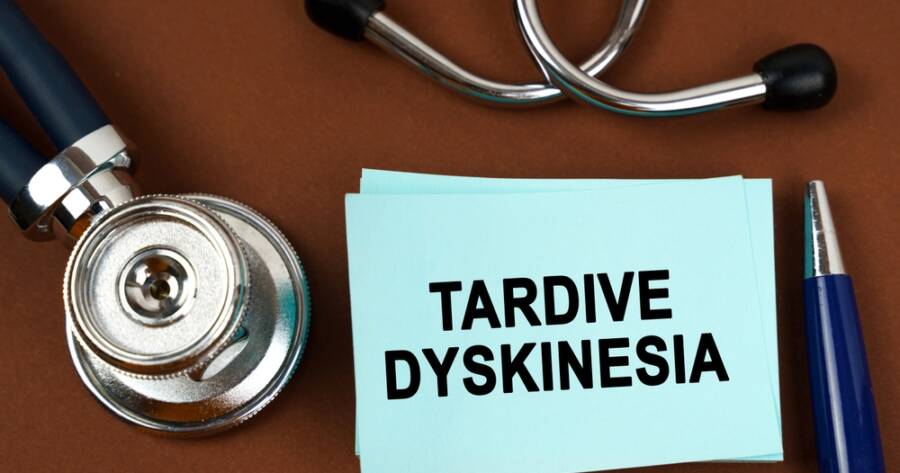Tardive dyskinesia (TD) is a condition that can affect individuals taking certain medications over extended periods. Characterized by involuntary, repetitive movements, TD can significantly impact a person’s quality of life. While the condition is often associated with antipsychotic medications, anyone using medications that influence dopamine levels might be at risk. Early detection plays a crucial role in managing symptoms effectively. This article explores how to recognize the early signs of TD, why it matters, and what steps might help.
What Is Tardive Dyskinesia?
Tardive dyskinesia is a movement disorder that typically emerges after long-term use of certain medications, particularly antipsychotics. These drugs influence dopamine, a neurotransmitter that plays a central role in regulating movement and mood. TD often manifests as uncontrollable facial movements, such as lip-smacking, grimacing, or rapid blinking. In some cases, it might also affect the arms, legs, or torso, leading to irregular, jerky motions.
It’s important to note that not everyone who uses dopamine-modulating medications will develop TD, and symptoms can range from mild to severe. Because the condition can sometimes develop gradually, early signs may go unnoticed or be mistaken for other issues. Regular monitoring by healthcare professionals is often recommended for individuals taking these medications.
Why Early Detection Is Crucial
Spotting tardive dyskinesia early can make a difference in how the condition is managed. While TD symptoms may not always be reversible, detecting them early might allow for adjustments in treatment plans that could reduce the severity or progression of symptoms. Early identification allows healthcare providers to consider alternatives to the medication causing TD, if appropriate.
This might involve switching to a different drug or adjusting dosages. Although these strategies may not completely eliminate symptoms, they could help in preventing further deterioration. Being proactive in recognizing subtle signs can empower individuals to seek medical advice sooner, which is particularly important because untreated TD may become more difficult to manage over time.
Recognizing the Early Signs of Tardive Dyskinesia
Subtle Facial Movements
One of the earliest indicators of TD is involuntary movements in the face. These might include repetitive lip-smacking, tongue thrusting, or chewing motions. While these movements may seem minor at first, they could gradually become more pronounced if left unaddressed.
Limb and Torso Movements
Though less common in the early stages, involuntary movements in the arms, legs, or torso can also signal TD. These movements might appear as tremors, jerks, or unusual postures. It’s worth noting that these symptoms may fluctuate in intensity and might be more noticeable during periods of stress or fatigue.
Changes in Speech or Swallowing
Some individuals experience subtle changes in speech or swallowing. This might include difficulty pronouncing certain words or a sense of tightness in the throat. While these symptoms are less common than facial or limb movements, they can still be early warning signs of TD.
Emotional and Social Impacts
Beyond the physical symptoms, early signs of TD may also affect emotional well-being. Embarrassment or frustration over uncontrollable movements can lead to social withdrawal or anxiety. These emotional responses might signal the need for medical evaluation, especially in individuals already managing mental health conditions.
Risk Factors to Consider
Certain groups of individuals may face a higher likelihood of developing tardive dyskinesia. Understanding these risk factors can help in identifying those who might benefit from closer monitoring.
Long-Term Medication Use
Prolonged use of antipsychotic medications, particularly first-generation (typical) antipsychotics, has been associated with a higher risk of TD. Second-generation (atypical) antipsychotics may carry a lower risk but are not entirely without concern.
Age and Gender
Older adults appear to be more susceptible to TD, possibly due to slower metabolism of medications. Some studies suggest that women may have a slightly higher risk than men, though this could vary based on other factors.
Pre-existing Conditions
Individuals with conditions such as schizophrenia, bipolar disorder, or severe depression, who are more likely to use antipsychotics, are also at greater risk. Additionally, those with a history of substance use disorders or neurological conditions might face increased susceptibility.
When to Seek Medical Advice
If you or someone you care for notices unusual movements, it’s important to consult a healthcare professional. While occasional tics or tremors might not indicate TD, persistent or worsening symptoms should not be ignored. A detailed medical evaluation, including a review of medications and overall health, can help determine the cause of these symptoms.
Healthcare providers may use tools like the Abnormal Involuntary Movement Scale (AIMS) to assess the severity of symptoms. This standardized test can provide a baseline for monitoring changes over time. Remember, seeking medical advice early does not necessarily mean a definitive diagnosis but can provide clarity and options for management.
Managing and Addressing Tardive Dyskinesia
If tardive dyskinesia is diagnosed, there are potential strategies for managing symptoms. Adjusting medication regimens, exploring newer treatment options such as vesicular monoamine transporter 2 (VMAT2) inhibitors, and incorporating supportive therapies like physical therapy might all play a role.
Lifestyle changes, including stress reduction techniques and maintaining a balanced diet, may also help improve overall well-being, though their direct impact on TD symptoms is less clear. Collaboration with a multidisciplinary team of healthcare providers is often recommended to create a tailored approach.
Learn More Today!
Tardive dyskinesia is a complex condition, but early detection can pave the way for better management and improved quality of life. By recognizing subtle warning signs, such as involuntary facial or limb movements, individuals and their caregivers can take proactive steps toward seeking medical advice. While no approach guarantees the prevention or reversal of TD, a thoughtful and informed strategy can help reduce its impact.
If you or a loved one is taking dopamine-modulating medications, maintaining open communication with healthcare providers and monitoring for changes is key. With the right awareness and support, living well with TD is possible.
